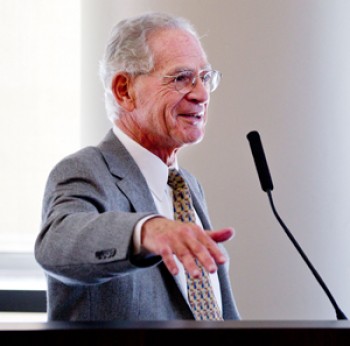Irradiation and stem cells used in new treatment …
Irradiation and stem cells used in new treatment to enable kidney recipients to forego immunosuppressant drugs
With a novel approach that creates a more-accepting immune system, Stanford School of Medicine physicians have pioneered a technique that frees kidney-transplant recipients from a life on anti-rejection drugs.

Unlike the standard care after such a transplant, the Stanford doctors irradiate a patient’s lymph nodes, spleen and thymus in a carefully targeted manner, thus temporarily weakening the patient’s immune system; then they administer stem cells drawn from the kidney donor’s blood to rebuild an immune system that is more tolerant of the donated kidney.
While anti-rejection drugs have been standard fare for transplant patients — they ward off rejection of a transplanted organ by the recipient’s immune system — they carry their own risk of serious side effects, such as high blood pressure, diabetes and cancer. They also can be somewhat toxic to the kidneys. What’s more, they don’t always work. In those cases, the patient experiences a gradual deterioration of the donated organ until it eventually fails, necessitating another transplant operation or a return to dialysis.
The new protocol, developed by Samuel Strober, MD, professor of medicine, could banish such worries. The combination of targeted radiation and the organ donor’s blood-forming stem cells — along with antibodies that selectively deplete some of the recipient’s immune cells — suppresses immune activity that would otherwise destroy the donated kidney. The new donor cells differentiate to join the components of the recipient’s own immune system, which eventually returns to its pre-transplant state of readiness but now tolerates the new organ. “It casts a blind eye on the foreign tissue of the graft,” according to Strober.
Under the protocol, kidney recipients receive radiation treatment and injections of antibodies while still in the hospital, a few days after surgery, and additional radiation doses over the next several days on an outpatient basis. About 10 days post-surgery, recipients get an injection of cells taken from the organ donor. All patients initially are put on two of the same immune-suppressing drugs (plus antivirals and antibiotics) that transplantation patients would normally get.
After a month, one of the drugs is withdrawn; thereafter, Strober and his colleagues continually monitor numerous parameters including the mixing of donor and recipient immune cells. If that mixing seems in balance six to 12 months after surgery, the recipient’s second immunosuppressant-drug dose is discontinued.
The new protocol could spell substantial savings to the health-care system. While it carries a total expense estimated to range from $20,000 and $40,000, it has the potential to pay for itself within a few years by eliminating the $12,000 to $15,000 annual expense for anti-rejection drugs, without adding any extra hospital time. And it also could prevent failure of a transplanted kidney, which comes with an approximately $80,000 price tag to the health-care system during the year when the failure occurs.
BY BRUCE GOLDMAN
###
* Stanford University Medical Center integrates research, medical education and patient care at its three institutions – Stanford University School of Medicine, Stanford Hospital & Clinics and Lucile Packard Children’s Hospital.
** The above story is adapted from materials provided by Stanford University School of Medicine
________________________________________________________________




















